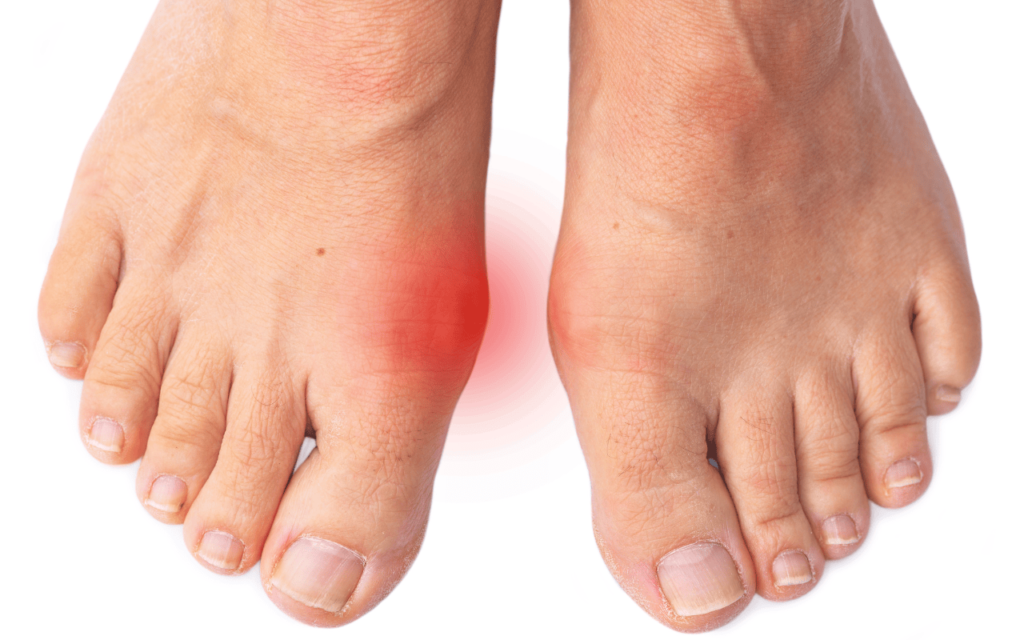Introduction
Hallux rigidus may not be a term you’re familiar with, but if you’re experiencing pain and stiffness in your big toe joint, it’s a condition worth understanding. This condition, characterized by limited motion and discomfort in the big toe, can significantly impact your daily life. In this comprehensive guide, we’ll explore hallux rigidus, its causes, treatments, and how you can find relief with the help of experts like Texas Foot and Ankle Consultants.
What is Hallux Rigidus?
Hallux rigidus, also known as “stiff big toe,” is a degenerative condition that primarily affects the metatarsophalangeal (MTP) joint at the base of the big toe. This joint allows your toe to bend upwards, downwards, and move freely. In hallux rigidus, the joint’s cartilage deteriorates, leading to stiffness, limited motion, and pain.
Causes of Hallux Rigidus
Understanding the causes of hallux rigidus can help you prevent or manage this condition:
Age: Hallux rigidus is more common in adults, especially those over 30.
Foot Structure: Abnormal foot mechanics, such as high arches (pes cavus), can increase the risk.
Injuries: Trauma or injuries to the toe can contribute to joint damage.
Family History: A genetic predisposition may make some individuals more susceptible.
Symptoms
Hallux rigidus typically presents with the following symptoms:
Pain: Pain in the big toe joint, especially during movement.
Stiffness: Reduced range of motion, making activities like walking and running uncomfortable.
Swelling: Inflammation and swelling around the joint.
Treatment Options
Fortunately, there are various treatments available to alleviate the pain and discomfort caused by hallux rigidus:
1. Conservative Measures
Custom Orthotics: Specially designed shoe inserts can help redistribute pressure away from the affected joint.
Physical Therapy: Targeted exercises and stretches can improve joint mobility.
Footwear Modifications: Choosing appropriate shoes with ample room and support is crucial.
2. Medications
Pain Relievers: Over-the-counter or prescription medications can help manage pain and inflammation.
3. Injections
Corticosteroid Injections: These can provide temporary relief from pain and inflammation.
4. Surgical Options
Cheilectomy: Removal of bone spurs or damaged tissue to improve joint movement.
Arthrodesis (Fusion): Fusion of the joint to alleviate pain but sacrifice joint motion.
Implants: Some cases may benefit from joint-sparing implants.
Expert Care at Texas Foot and Ankle Consultants
Hallux rigidus can be a challenging condition to manage, but with the right expertise, it’s possible to regain comfort and mobility. At Texas Foot and Ankle Consultants, our experienced podiatrists, including Dr. Raymond Delpak and Dr. Anthony Errico, specialize in treating hallux rigidus.
Conclusion
Don’t let hallux rigidus limit your daily activities or cause unnecessary pain. Seek expert care at Texas Foot and Ankle Consultants to understand your treatment options and embark on a journey towards a pain-free and mobile life. Remember, relief is just a phone call away.


